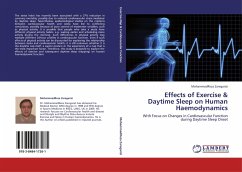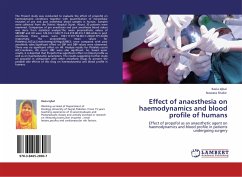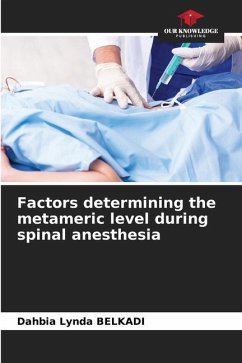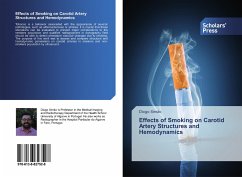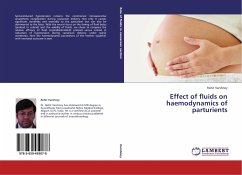
Effect of fluids on haemodynamics of parturients
Versandkostenfrei!
Versandfertig in 1-2 Wochen
41,99 €
inkl. MwSt.

PAYBACK Punkte
21 °P sammeln!
Spinal-induced hypotension remains the commonest intraoperative anaesthetic complication during caesarean delivery. Not only it causes significant morbidity and mortality to the parturient but can also be detrimental to the fetus. With the recent focus on the timing of fluid bolus (preload or coload) and the viability of fluids, we chose to compare the relative efficacy of fluid (crystalloid/colloid) preload versus coload in reduction of hypotension during caesarean delivery, under spinal anesthesia. Here the haemodynamic parameters of the mother together with neonatal outcome is seen.





